
- Panoramapunkt Berlin
- Friedrichstadt Palast
- Big Bus Berlin Hop-on Hop-off Tours
- City Sightseeing Berlin Hop-on Hop-off Tours
- Illuseum Berlin
- DDR Museum
- Berlin Wall Museum
- Berlin Welt Balloon
- Sachsenhausen Concentration Camp
- Berlin Icebar
- Madame Tussauds
- Samurai Museum Berlin
- LEGOLAND Discovery Centre Berlin
- Fotografiska Tickets
- The Upside Down Berlin Museum Tickets
- Tropical Islands
Detailed Reichstag History: From Ruins to Renaissance
Reichstag Berlin history explained
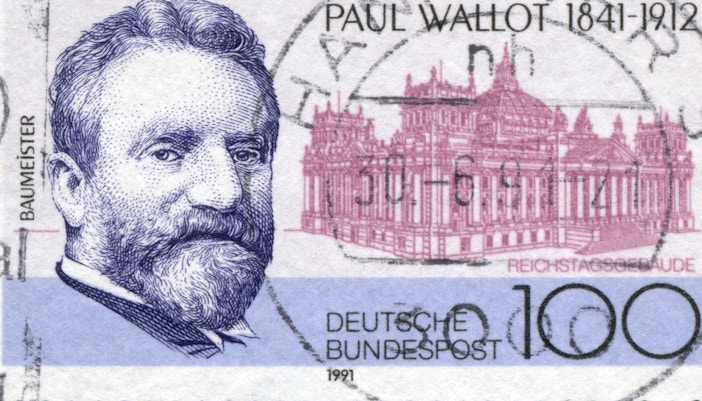
Inception of the Reichstag
Late 19th Century
The Reichstag, meaning "National Diet" in German, was constructed between 1884 to 1894 under the supervision of Paul Wallot. It was to serve as the parliamentary building of the then-ruling government. The original building sported a neo-Renaissance style.
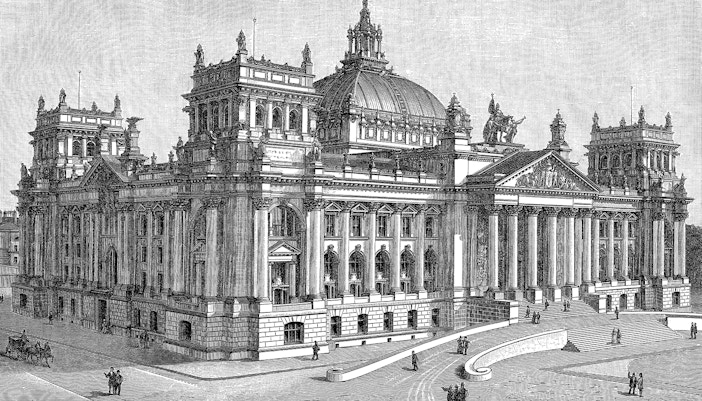
The Reichstag fire
February 27, 1933
An incident that shaped the Bundestag's history was the burning of the Reichstag in 1933. Marinus van der Lubbe, a young Dutch communist was dubbed the perpetrator and subsequently, the Nazi regime used the event to rise further into power. Other actions included the suspension of civil liberties and the ultimate establishment of authoritarian rule.
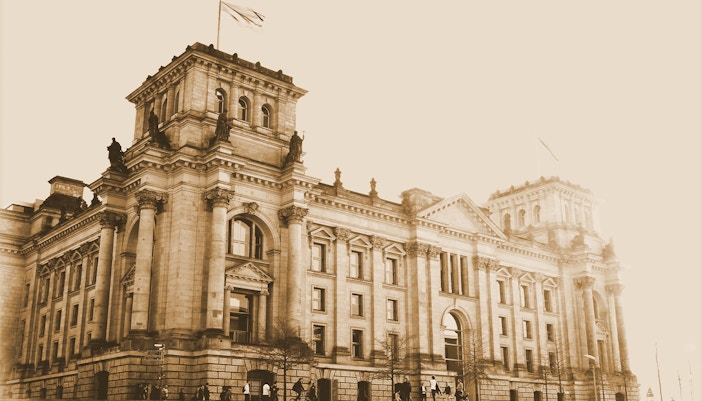
World War II and destruction of the Reichstag
1939-1945
Caught amidst the turmoil of World War II, the Reichstag was left in ruins. However, its remains were preserved to serve as a reminder of the power of resistance and resilience against Nazi tyranny.
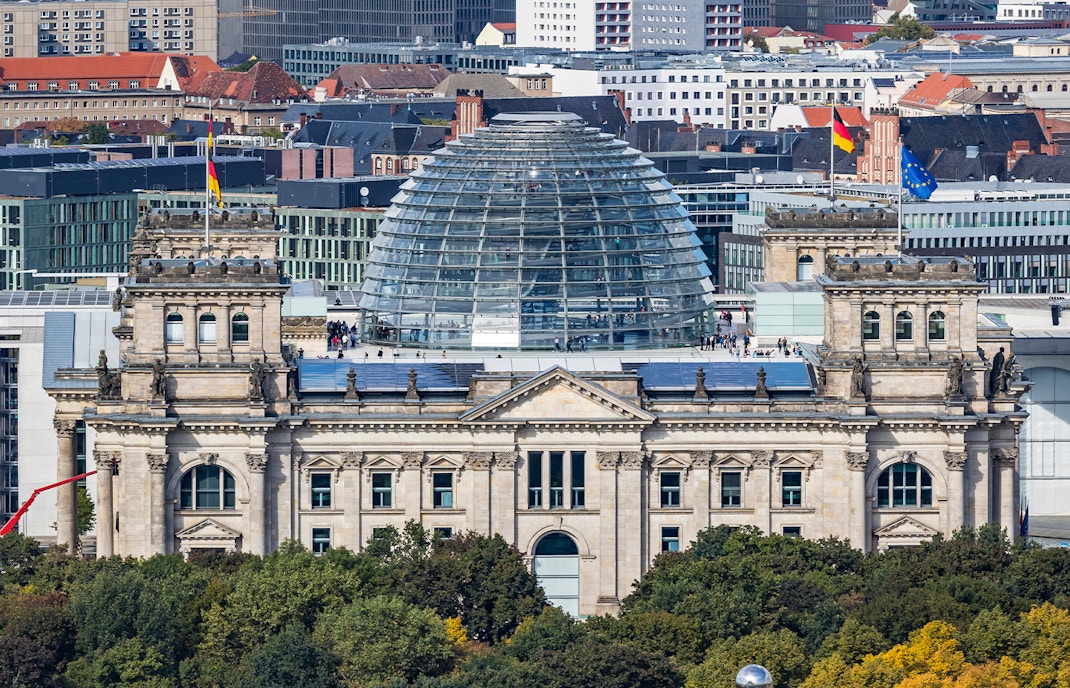
Fall of the Berlin Wall and Reichstag restoration
1989-1990
A key moment in German history was the fall of the Berlin Wall in 1989. The reunification of East and West Germany in 1990 subsequently restored the Reichstag as the seat of a reunified German government. The building underwent severe restoration and reconstruction with the addition of a glass dome. This was the vision of British architect Norman Foster who wished to make the dome a symbol of transparency and openness in the German democratic process.
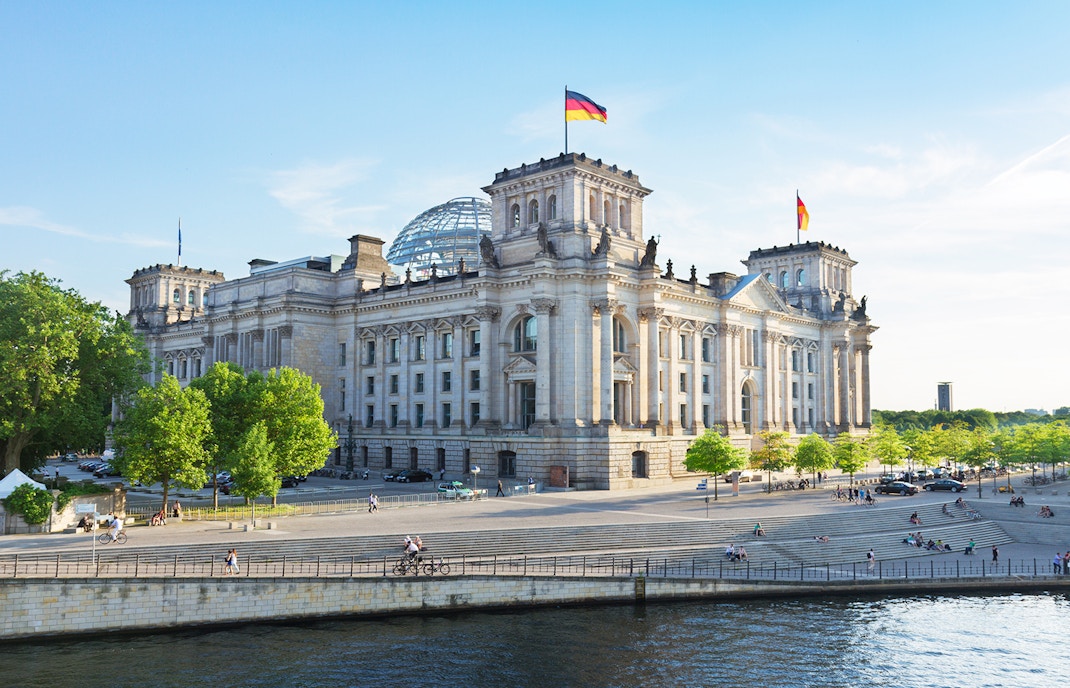
Reopening and modern significance
1999-Present
The Reichstag was officially reopened in 1999, becoming the meeting place of the German Bundestag (parliament). It has since become a popular tourist attraction offering panoramic views of Berlin and its rich history serving as a reminder of Germany's tumultuous past and its commitment to democracy. Today, the Reichstag serves as a symbol of political stability, openness, and democracy in Germany and the world.
Construction of the Reichstag building
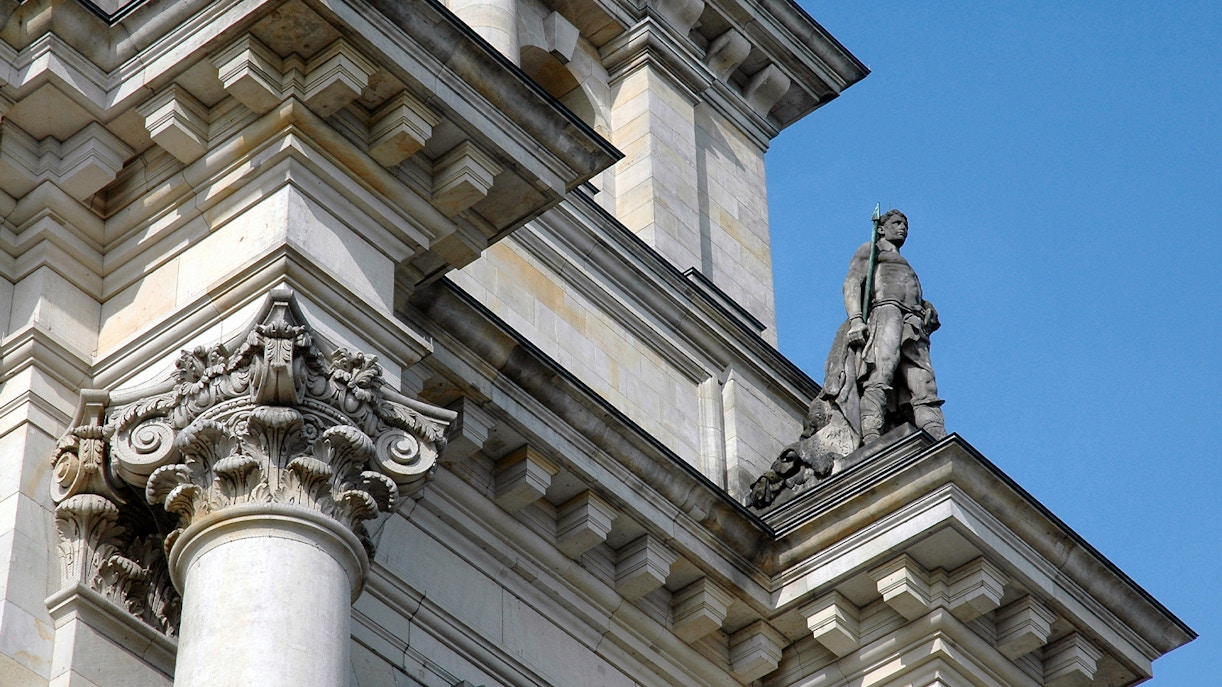
Perceived as a symbol of German unity, the Reichstag was first commemorated in 1894 under the vision and direction of architect Paul Wallot. The building adapted a true neo-Renaissance style, complete with grand facades, intricate details, and sculptures. The construction involved innovative techniques for the time, such as the use of steel and glass, which were cutting-edge materials of the era. Despite, a rocky start, the Reichstag was completed and inaugurated. It came to stand as a beacon of German democracy and progress.
Reichstag architectureFrequently asked questions about the Reichstag history
The Reichstag was completed in 1894, making it over 120 years old.
The Reichstag was designed by architect Paul Wallot and later renovated by Sir Norman Foster.
The Reichstag has a rich historical significance as it served as the seat of the German parliament and witnessed key events in German history, including the rise of the Nazi party and the reunification of East and West Germany.
The Reichstag is located in Berlin, Germany, near the Brandenburg Gate.
The Reichstag is a blend of historical and modern architecture, with its original Neo-Renaissance style combined with a modern glass dome designed by architect Norman Foster.
Yes, there are guided tours available that provide information about the history and architecture of the Reichstag.
Yes, visiting the Reichstag is highly recommended for its historical significance, stunning architecture, and panoramic views of Berlin from the dome.